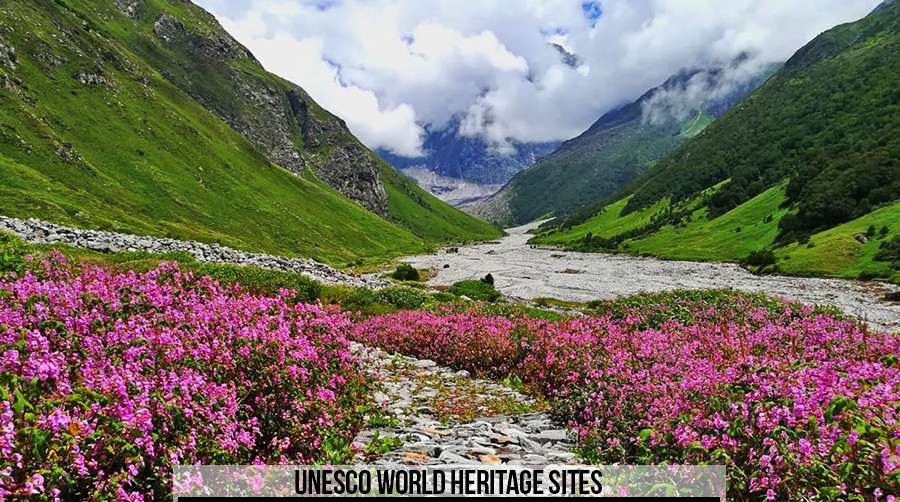
Follow WOWNEWS 24x7 on:
Updated: June 19, 2025 08:46

India's wild is not just rich in biodiversity—it's globally recognized. Five national parks in the nation have been awarded the prestigious UNESCO World Heritage seal, thus becoming not just ecological treasures but cultural landmarks. If you're on your way to a nature sanctuary this season, these parks promise more than a safari—they're a walk through living heritage.
Highlight on the Wild Five
Kaziranga National Park, Assam Why it is special: Kaziranga is the largest collection of one-horned rhinoceroses in the world and is a tapestry of tall elephant grasslands, marshes, and dense forest. UNESCO status since: 1985 Experience highlight: Jeep and elephant safaris offer close contacts with rhinos, tigers, and wild buffaloes.
Keoladeo National Park, Rajasthan Why it excels: Formerly a royal duck-hunting retreat, this wetland is now a bird sanctuary for more than 370 species of birds. UNESCO designation since: 1985 Highlight of the experience: Winter sees migratory birds arrive from as far as Siberia—ideal for bird enthusiasts and photographers.
Manas National Park, Assam Why it's special: A biodiversity hotspot in the Himalayan foothills, Manas is home to elusives such as the golden langur and pygmy hog. UNESCO listing since: 1985 Experience highlight: A blend of adventure and relaxation, with misty hills and hair-raising wildlife encounters.
Nanda Devi and Valley of Flowers National Parks, Uttarakhand Why it's special: Snow-clad mountains and alpine scenery in Nanda Devi, monsoon-spread blooms in Valley of Flowers. UNESCO listing since: 1988 (expanded in 2005 to Valley of Flowers) Experience highlight: Trekking in Valley of Flowers' native Himalayan meadows for expansive views of the Garhwal Himalayas.
Sundarbans National Park, West Bengal Why it stands out: The world's largest mangrove ecosystem and only one that tigers call home. UNESCO status since: 1987 Best part of the experience: Boat ride through tidal channels with a chance to spot the elusive Royal Bengal Tiger.
Travel Takeaways
They're more than just wildlife sanctuaries—they're ecological time capsules.
Best time to visit is between November and April, depending on the area.
Each one of them possesses a mix of biodiversity, landscape, and cultural significance.
Sources: Times of India, MSN India, Flamingo Travels, The IAS Hub.


